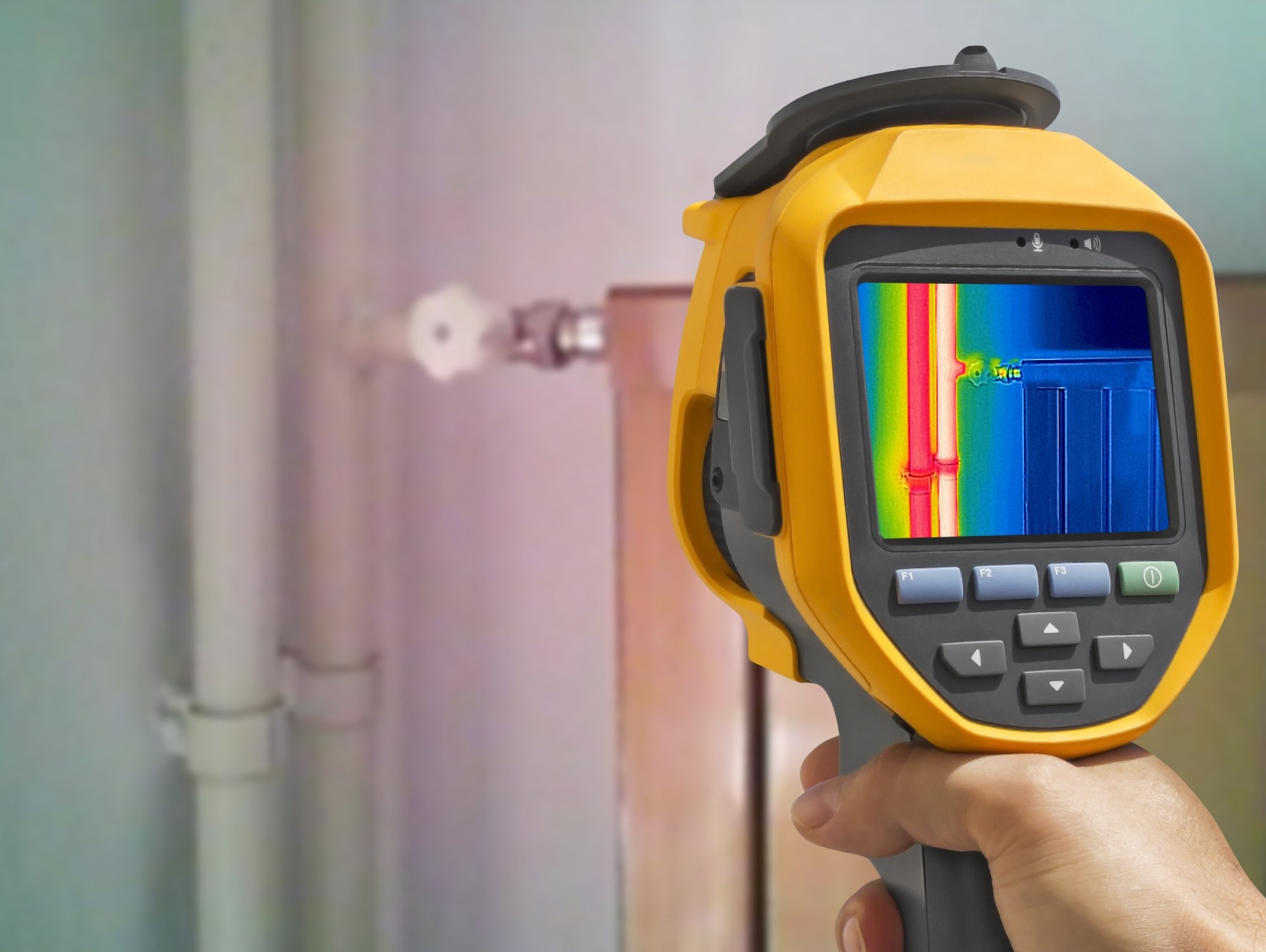Infrared thermopile detectors are used for temperature measurements without direct contact, relying on an object's infrared (IR) energy. These detectors consist of small sensors called thermocouples, which generate an electric voltage when exposed to IR.
In various industries, infrared thermopile detectors play a crucial role and often serve in industrial manufacturing processes and environmental monitoring. This article introduces infrared thermopile detectors, outlining their benefits and applications.

Image Credit: Ivan Smuk/Shutterstock.com
Understanding Infrared Radiation
Before delving into the operation of IR thermopile detectors, it is essential to grasp the fundamentals of infrared radiation. Infrared radiation is a form of energy characterized by wavelengths longer than visible light but shorter than radio waves, ranging from 780 nm to 1 mm.
Although invisible to the human eye, it manifests as heat. Infrared radiation is emitted by every object, aiding researchers in assessing properties such as heat distribution and temperature fluctuations.
How Infrared Thermopile Detectors Work
Infrared thermopile detectors primarily consist of thermopile sensors based on the Seebeck effect principle. As mentioned, these sensors comprise several thermocouples. Each thermocouple consists of at least two wires made from different metals, with the wires joined at one end to form a junction.
These wires produce a voltage proportional to the temperature gradient across their junctions. This signal can be subsequently amplified, processed, and converted into meaningful temperature data.
Advantages and Limitations of Infrared Thermopile Detectors
Numerous advantages come with using infrared thermopile detectors, including the ability to measure temperature without direct contact, facilitating remote sensing in challenging environments. Their rapid response time allows real-time monitoring, and their heightened sensitivity ensures the detecting of even slight temperature changes.
These detectors can also be sealed hermetically, safeguarding them from environmental factors.
Recognizing Limitations
Despite their remarkable capabilities, infrared thermopile detectors do have certain limitations. They typically operate within a specific spectral range, which can restrict their suitability for particular applications.
Fluctuations in ambient temperature may impact accuracy, necessitating careful calibration and compensation techniques. Evaluating these limitations when choosing an appropriate detection solution is crucial, as they may not be suitable for every application.
Comparison with Other Infrared Detectors
Infrared thermopile detectors offer distinct advantages over other types of infrared sensors, such as bolometers or pyroelectric detectors. Thermopiles provide greater sensitivity, a broader field of view, and enhanced temperature measurement capabilities, making them ideal for various scientific and industrial applications.
Infrared Thermopile Detectors from Dexter Research Center
Dexter Research Center, a pioneer in infrared thermopile detectors since 1977, leads the industry with a comprehensive selection of state-of-the-art thermopiles. The product line comprises high-quality Bismuth-Antimony thin-film and silicon-based thermopile detectors renowned for their exceptional performance and dependability.
Not only does the company offer an extensive range of standard products, but it also specializes in custom thermopile detectors and modules. The company's expertise guarantees tailored solutions for specific application requirements, while its dedication to quality and reliability ensures unmatched performance.
This information has been sourced, reviewed and adapted from materials provided by Dexter Research Center, Inc.
For more information on this source, please visit Dexter Research Center, Inc.